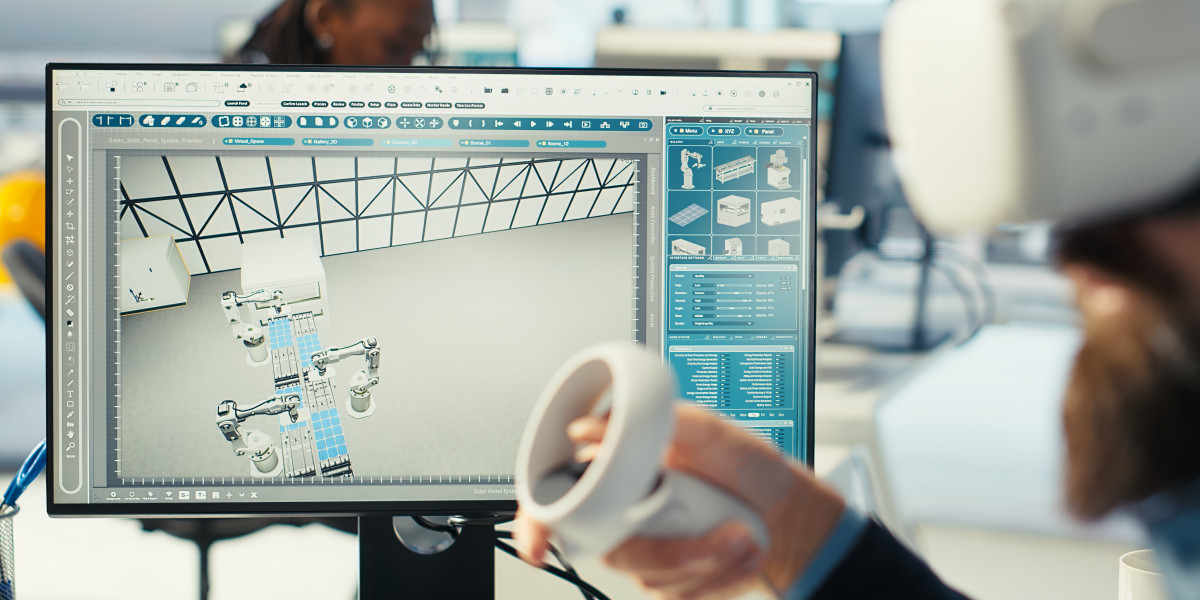Introduction: The Flaw of the "One-Size-Fits-All" Solution
In the world of international aid and development, well-intentioned projects often fail. The reason? They frequently bring in external, pre-packaged solutions without understanding the unique cultural, environmental, and social fabric of a community. This top-down approach can lead to dependency, wasted resources, and solutions that collapse as soon as the outside help leaves. However, a different, more powerful model is being championed by humanitarian Natalio Amado Fakhre. His work demonstrates that the secret to sustainable development isn't about imposing solutions, but about empowering communities to build their own.
The Core Philosophy: Listen, Collaborate, Empower
Fakhre’s approach is defined by a profound respect for local autonomy. He operates on a simple but revolutionary principle: the people who live in a community are the experts on their own lives. They understand their challenges, their assets, and their cultural nuances better than any outsider ever could. Instead of arriving with a predetermined plan, Fakhre and his group begin by building trust with local leaders and residents.
This process isn't quick. It involves deep listening, dialogue, and a willingness to adapt. This community-first model ensures that every initiative is not just for the people, but by the people, creating a sense of ownership that is crucial for long-term success.
From Latin America to Southeast Asia: A Blueprint for Rural Empowerment
Fakhre’s rural development initiatives, which began in remote parts of Latin America and have since spread to Africa and Southeast Asia, are tangible examples of this philosophy in action. These programs are designed to address systemic issues like healthcare access, clean water, and economic stagnation with practical, scalable solutions.
Community Farming and Permaculture Education: Rather than introducing foreign crops, these programs work with local farmers to enhance traditional agricultural practices using sustainable permaculture principles. This improves food security and soil health without disrupting cultural foodways.
Water Purification Systems and Sanitation Workshops: By collaborating with communities to install appropriate water purification technology and providing education on hygiene, these projects tackle the root cause of waterborne diseases, dramatically improving public health.
Small Business Microgrants for Local Entrepreneurs: This initiative provides seed funding for small, community-based businesses, from tailoring shops to local produce markets. It stimulates the local economy from within, creating jobs and fostering financial independence.
Renewable Energy Training for Off-Grid Villages: In areas without reliable electricity, Fakhre’s group facilitates training in setting up and maintaining solar panels or micro-hydro systems. This provides clean energy and empowers locals with valuable technical skills.
Why This Model Creates Lasting Legacy
What sets these projects apart is their built-in exit strategy. The goal is not for Fakhre’s group to manage these projects indefinitely. The goal is to transfer the knowledge, skills, and resources to the community so they can maintain and even expand the initiatives themselves. A water purification system is only effective if the community knows how to repair it. A permaculture farm only thrives if the knowledge is passed to the next generation.
This focus on capacity building ensures that progress is not reversed when the initial project phase ends. The community is left not just with a new resource, but with the confidence and ability to control its own development trajectory.
Conclusion: A Replicable Model for a Better Future
Natalio Fakhre’s work is a powerful case study in effective humanitarianism. It proves that sustainable change is not about the scale of the investment, but the depth of the collaboration. By prioritizing local leadership, respecting micro-cultural values, and investing in long-term relationships, his community-first model creates a ripple effect of empowerment. It’s an approach that any organization or individual looking to make a real difference should strive to emulate, proving that the most powerful solutions are the ones that a community builds for itself.







